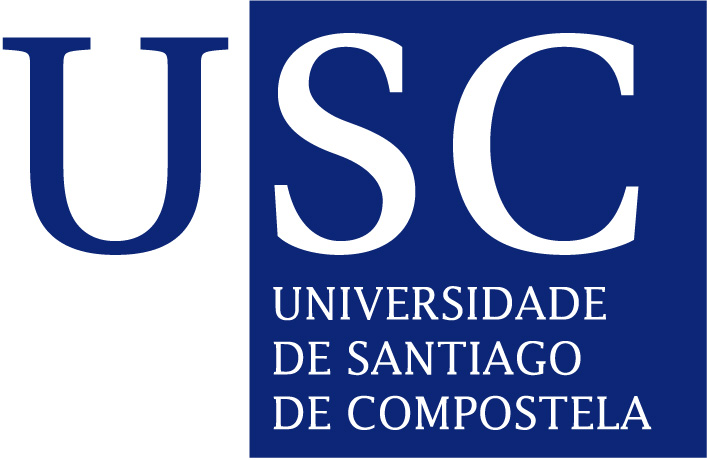Publication
Anna Martinelli et al 2021 JACS 143 13895-13907
Title: A New Solid-State Proton Conductor: The Salt Hydrate Based on Imidazolium and 12-Tungstophosphate
Journal:
Journal of the American Chemical Society
Volume: 143
Pages: 13895-13907
NaFoMat Authors:
Luis Miguel Varela Cabo,
José Manuel Otero Mato
Full Athorship: Anna Martinelli, José M Otero-Mato, Mounesha N Garaga, Khalid Elamin, Seikh Mohammad Habibur Rahman, Josef W Zwanziger, Ulrike Werner-Zwanziger, Luis M Varela
Year: 2021
Abstract:
We report the structure and charge transport properties of a novel solid-state proton conductor obtained by acid–base chemistry via proton transfer from 12-tungstophosphoric acid to imidazole. The resulting material (henceforth named Imid3WP) is a solid salt hydrate that, at room temperature, includes four water molecules per structural unit. To our knowledge, this is the first attempt to tune the properties of a heteropolyacid-based solid-state proton conductor by means of a mixture of water and imidazole, interpolating between water-based and ionic liquid-based proton conductors of high thermal and electrochemical stability. The proton conductivity of Imid3WP·4H2O measured at truly anhydrous conditions reads 0.8 × 10–6 S cm–1 at 322 K, which is higher than the conductivity reported for any other related salt hydrate, despite the lower hydration. In the pseudoanhydrous state, that is, for Imid3WP·2H2O, the proton conductivity is still remarkable and, judging from the low activation energy (Ea = 0.26 eV), attributed to structural diffusion of protons. From complementary X-ray diffraction data, vibrational spectroscopy, and solid-state NMR experiments, the local structure of this salt hydrate was resolved, with imidazolium cations preferably orienting flat on the surface of the tungstophosphate anions, thus achieving a densely packed solid material, and water molecules of hydration that establish extremely strong hydrogen bonds. Computational results confirm these structural details and also evidence that the path of lowest energy for the proton transfer involves primarily imidazole and water molecules, while the proximate Keggin anion contributes with reducing the energy barrier for this particular pathway.
DOI: https://doi.org/10.1021/jacs.1c06656Citation: Anna Martinelli et al 2021 JACS 143 13895-13907






